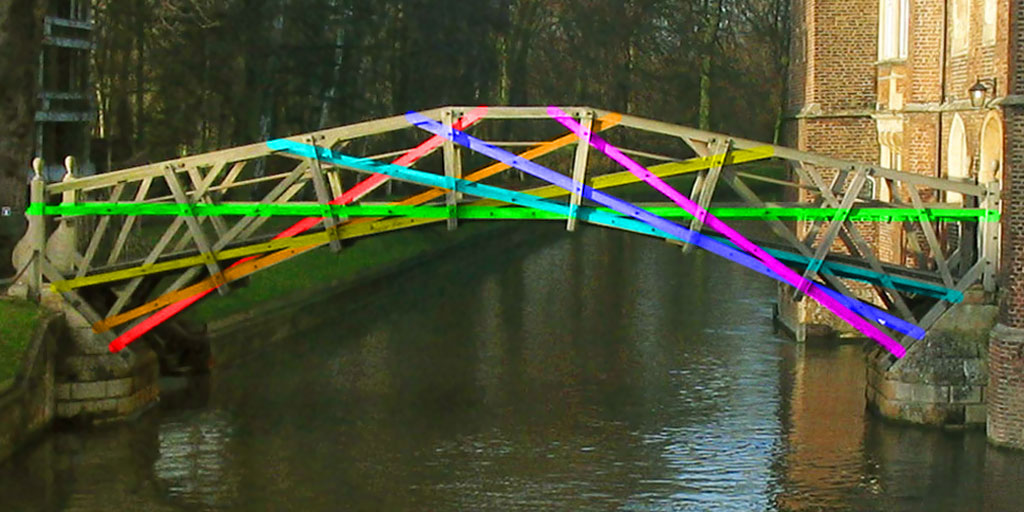Mathematical and Statistical Software
Two great places to start your investigation of mathematical and statistical software are GAMS and StatLab.
GAMS, the Guide to Available Mathematical Software, a cross-index and virtual repository of mathematical and statistical software, is maintained by the Applied and Computational Mathematics Division of the National Institute of Standards and Technology.
Boisvert, Ronald F. 2015. “GAMS : Guide to Available Mathematical Software.” Goverment. NIST/Mathematics, Statistics and Computational Science. May 21. http://1.usa.gov/1EnD3Hw.
StatLab hosted by the Department of Statistics at Carnegie Mellon University provides a similar service for statistical software and data.
Vlachos, Pantelis K. 2015. “StatLib :: Data, Software and News from the Statistics Community.” Education. StatLib :: Data, Software and News from the Statistics Community. May 21. http://bit.ly/1BgiNHU.
A more in depth view of the subject can be found in Bartholdi’s workshop presentation on Mathematical Software.
Bartholdi, Paul. 2009. “Mathematical Software.” Conference presented at the First Workshop on Open Source and Internet Technology for Scientific Environment: with case studies from Environmental Monitoring, Trieste, Italy, September 7. http://bit.ly/1c9462K.
